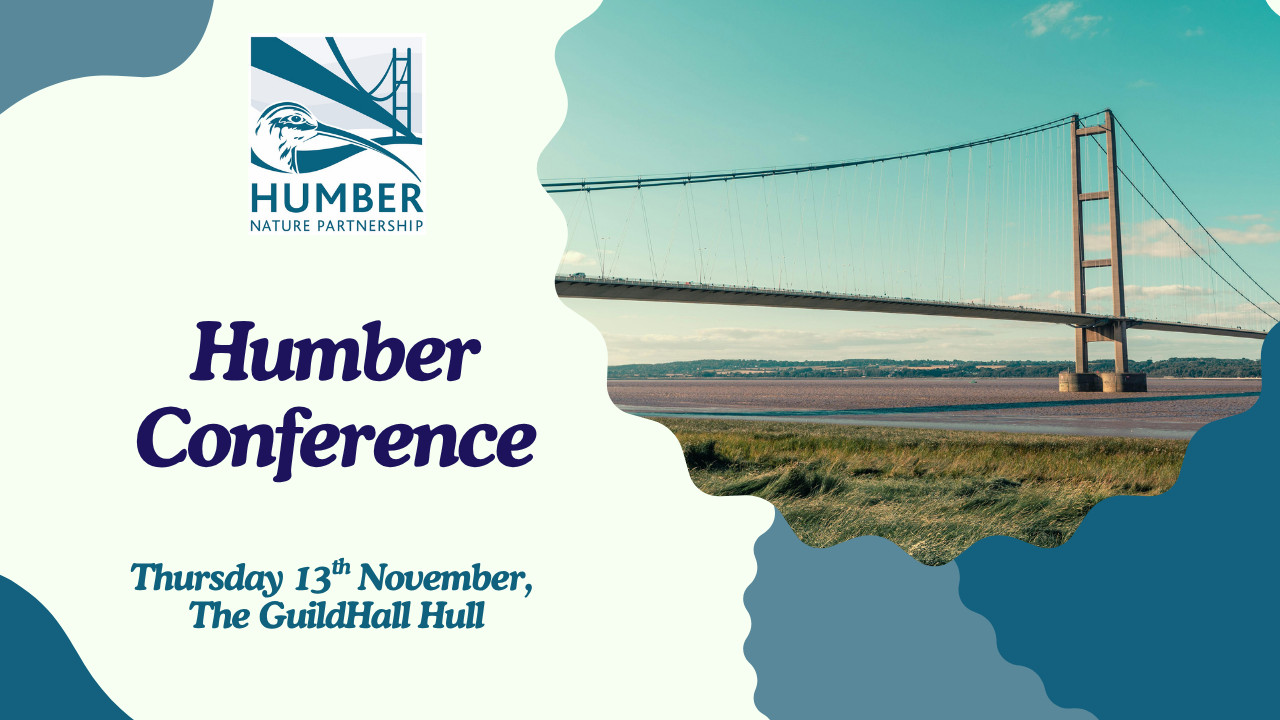27 Jan
Species Spotlight: The Pink-footed Goose
Wildlife-5.jpg)
This time in species spotlight we are going to showcase a favourite of one of our team members - the Pink-footed Goose (Anser brachyrhynchus) also lovingly referred to as ”Pinkies”.
Pink-footed Geese use the Estuary in a very different way to most birds you see around the Humber. They are not very fussed by the prospect of feeding on the Humber itself. Instead they use the fringes of the estuary, and one island in particular, as a safe, undisturbed roost site each evening. During the day they fly off at dawn, out into the surrounding farmland where they favour weeds or the remnants of crops following the harvesting of sugar beet or potatoes in the cold winter months. Historically they were a bird of grassy pasture and saltmarsh, which they still use to some extent, but they prefer richer pickings which modern farming provides.
Pink-footed Geese are our most-common winter goose, numbering about 250,000 across the UK. In recent years, at their peak there has been around 10,000 on the Humber. But that is a quite a recent phenomenon, as the shift of geese to arable land began in the 1960s, increasing their numbers around the Humber.
Our contact with pink-feet is usually seeing the dramatic skeins (V-shaped formations) flying overhead with their characteristic ‘quink quink’ call (click here for a recording from Kilnsea Wetlands: https://xeno-canto.org/955662). They are a classic feature of winter and big flocks of geese in flight are one of the the most dramatic scenes in UK wildlife. They breed around tundra lakes, along rivers and in wet meadows from East Greenland, east to Iceland and on to Spitzbergen. The UK winter population come primarily from Greenland and Iceland and arrive around October, while the Spitzbergen birds winter in Holland.
For more information on our feathered friends, you can visit the RSPB website here.


